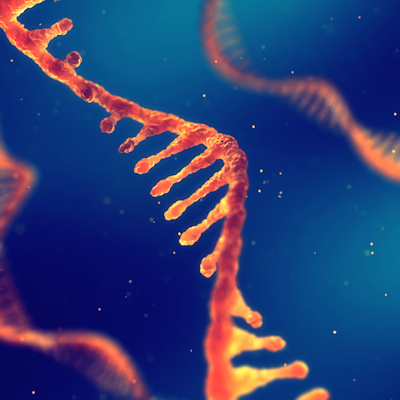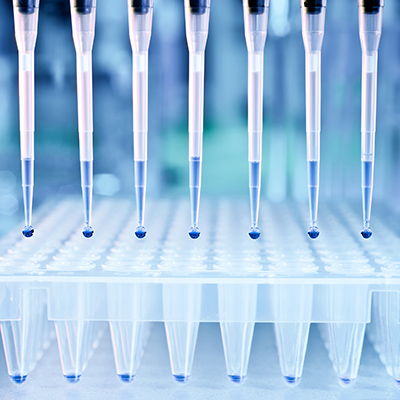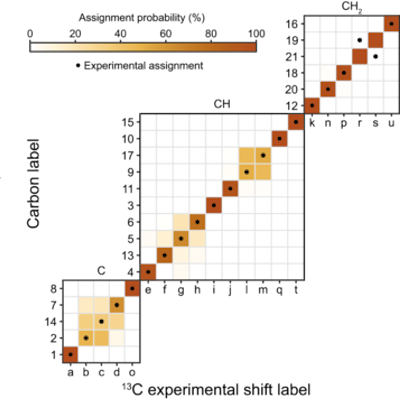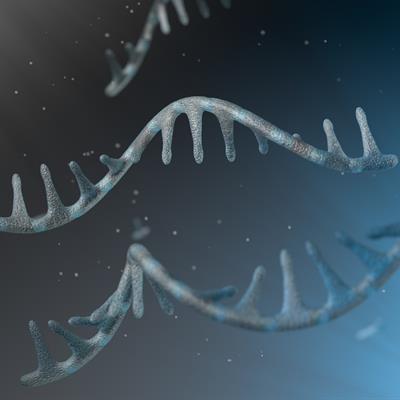November 15, 2022 -- A new statistical method provides an efficient way to compare biologically meaningful changes in genomic data spanning multiple conditions. The study, published November 12 in the journal Nature Communications, describes the Composite LIkelihood eMpirical Bayes (CLIMB) method.
Whole-genome studies produce enormous amounts of complex data, which makes comparing different biological conditions or data sets challenging. CLIMB first conducts a series of pairwise analyses, then constructs "association vectors" that include all possible combinations of a subject's status across each condition. After eliminating any combination from the association vector unsupported by the pairwise analyses, CLIMB performs a joint analysis, clustering subjects that follow the same pattern across conditions.
Penn State University researchers tested CLIMB on data collected with single-cell RNA sequencing (RNA-seq) technology, which measures the RNA made from all genes expressed in a cell, to learn which genes might be involved in determining distinct blood cell types. The method cut the list of potential genes down by two-thirds.
The research team also used CLIMB on data produced from chromatin immunoprecipitation followed by sequencing (ChIP-seq) technology, which identifies the genome location where certain proteins bind to DNA. They explored how the binding of the CTCF protein changes across 17 cell populations all derived from the same hematopoietic stem cell. CLIMB analysis identified distinct categories of CTCF-bound sites.
In addition, the team explored data from DNase-seq, another experimental technology which identifies regulatory region locations, to compare the accessibility of chromatin -- a DNA and protein complex -- in 38 human cell types.
However, Moderna senior statistician and co-author Hillary Koch, PhD, noted in a statement that "chromatin-accessibility data are available for many more cell types, so we'd love to increase the scale of CLIMB."
Copyright © 2022 scienceboard.net












